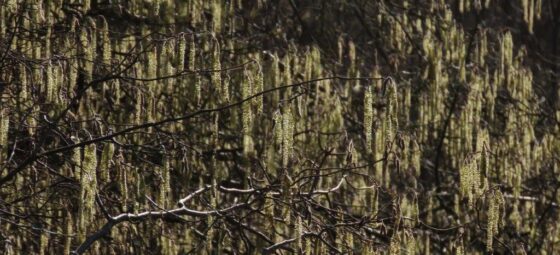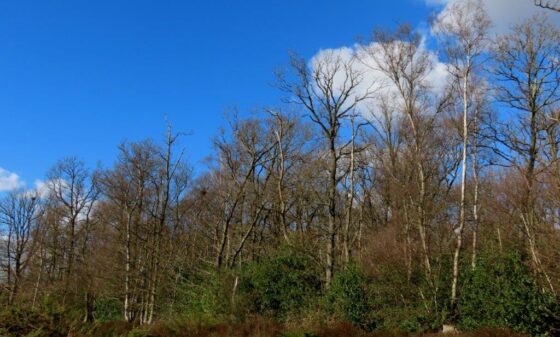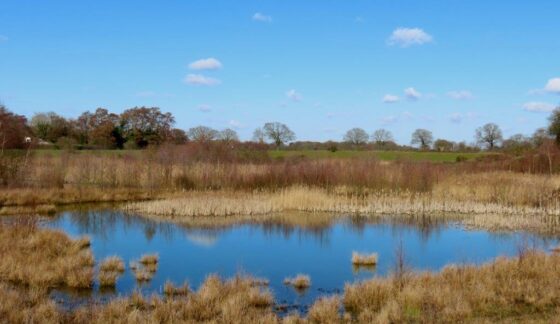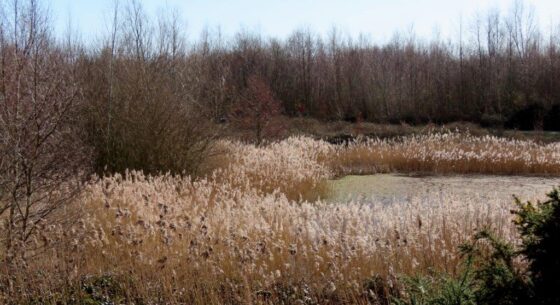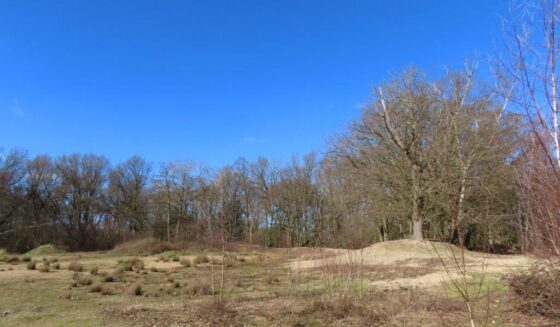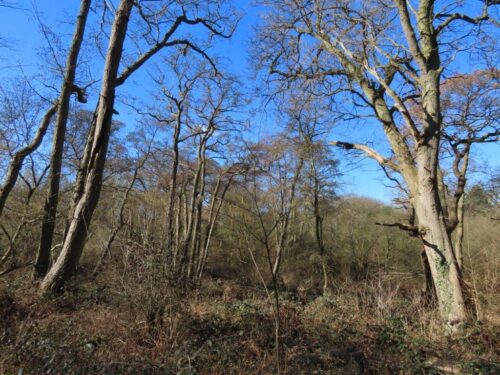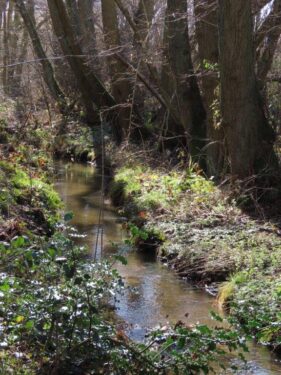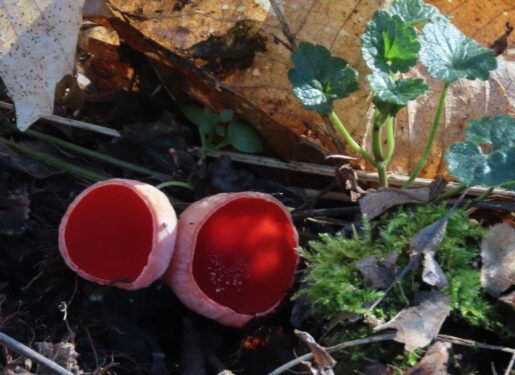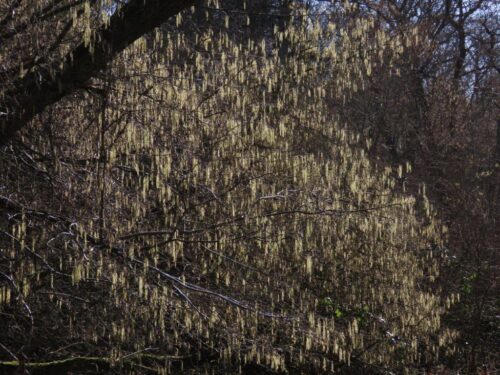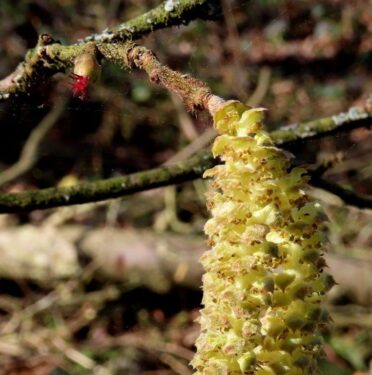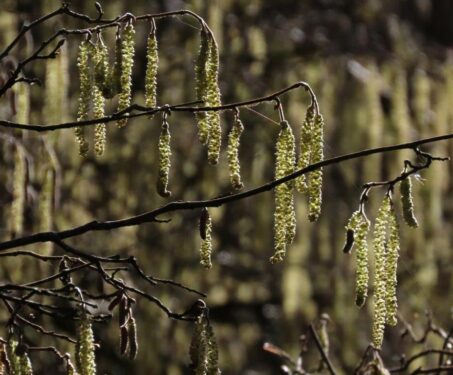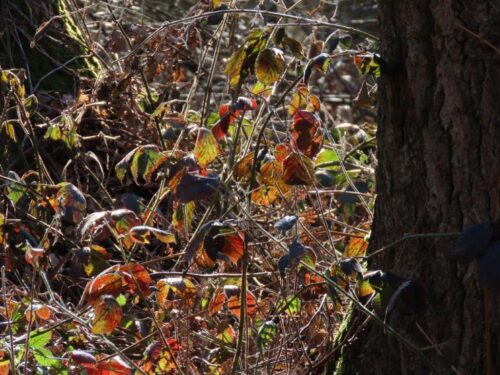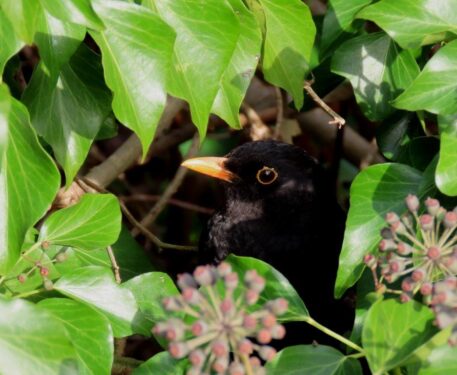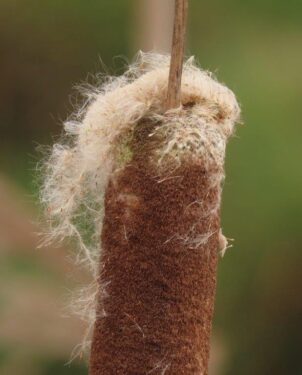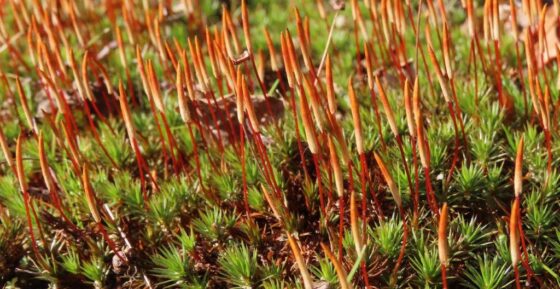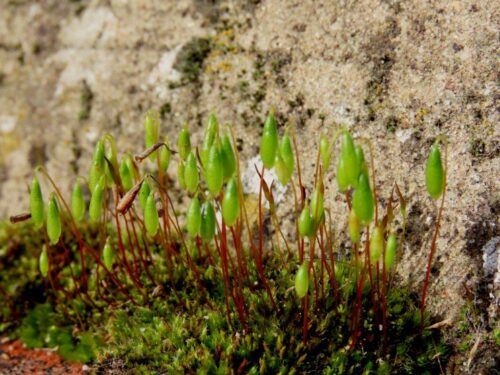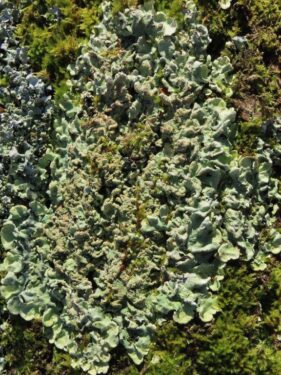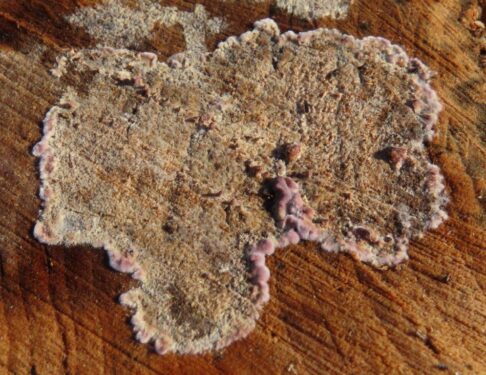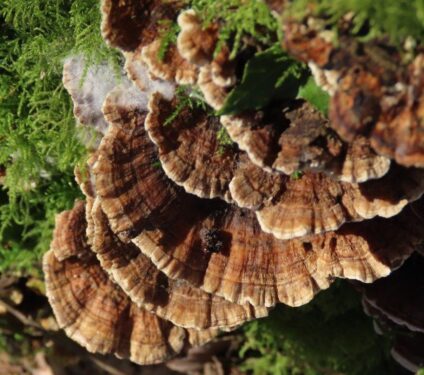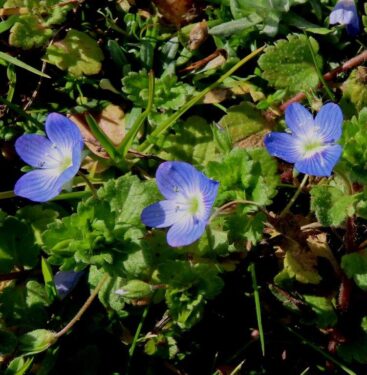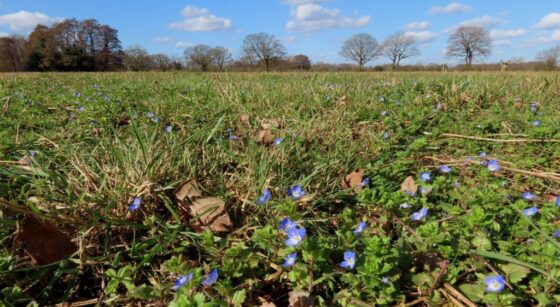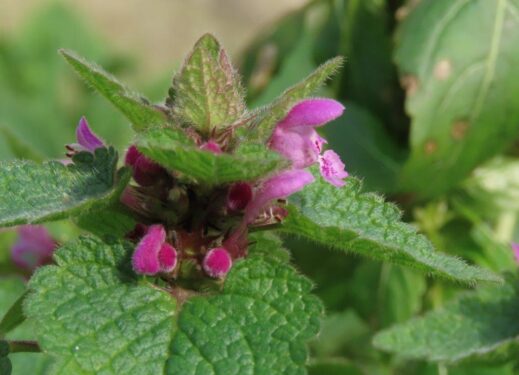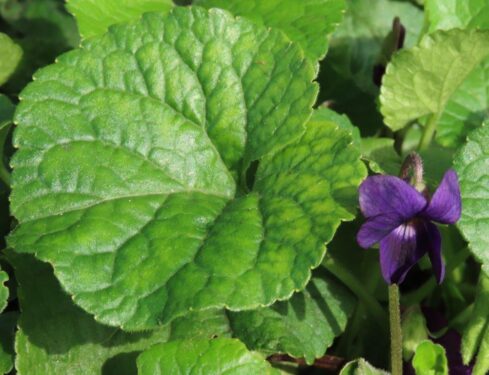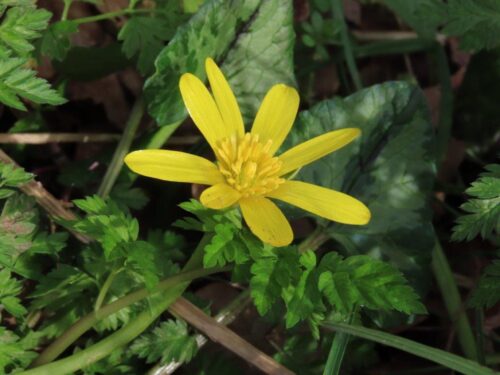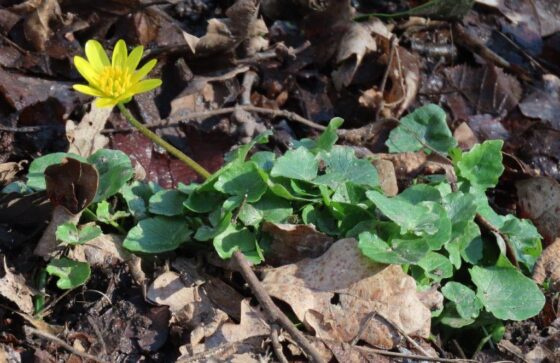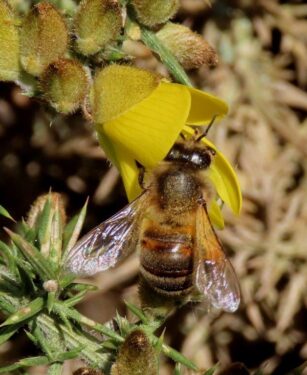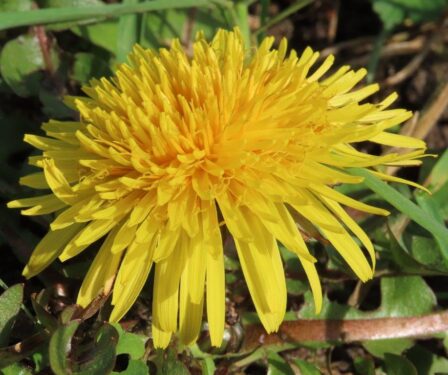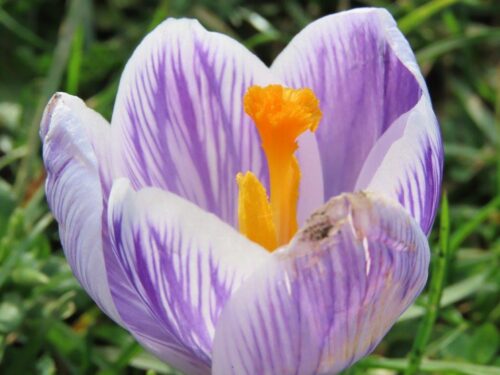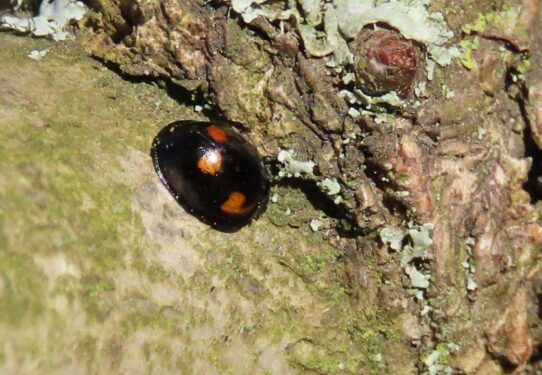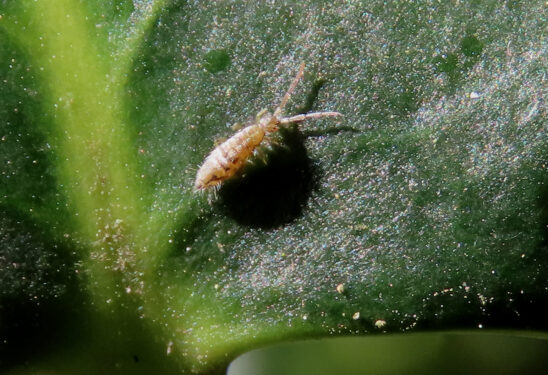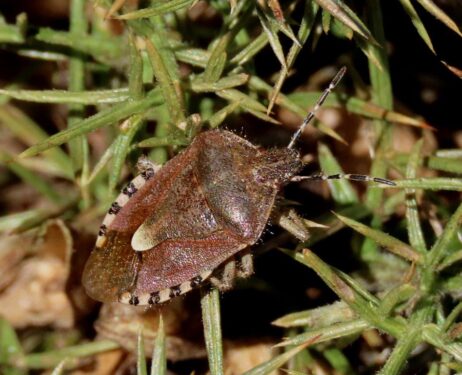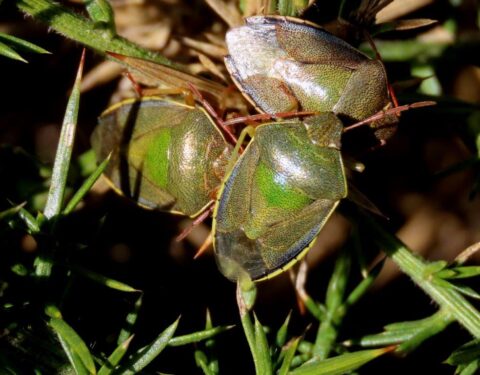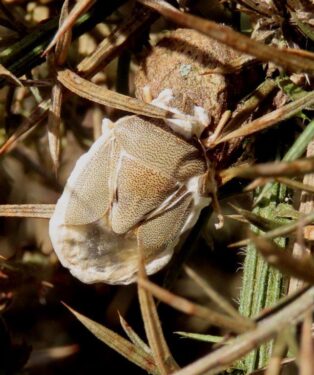One of those February days when every little sign of spring brings joy unbridled. When everything feels so wrong it can never get right again, we have the turning of the seasons to reassure us that light and life and will return.
And where better to go to find the promise we though would never come in the depths of the pandemic: arriving before our very eyes, and into our hearts, Spring in the Cockaynes Reserve #NatureCure. A great day to be out, more like May than February, with a blue sky backdrop to Chiffchaffs singing, and Brimstone, Small Tortoiseshell and Peacock a-flutter.
Deep in Villa Wood, by the tinkling, twinkling Sixpenny Brook, Golden-saxifrages have yet to cast their magic on the banksides, but Scarlet Elf Cups are out. This is the species to which survival of this site can be most attributed 35 years ago … it’s a long story but one we hope will be told in the fullness of time in our Field Guide To The Essex Coast.
And Hazel everywhere, tassellating serenely but profusely…
Still there is yesterday’s news, the hangovers from last year: Autumn hues, preparing our eyes for the woodland colours to come, and Autumn fruits – Ivy, helping Blackbirds to reach breeding condition, and Reedmace (please, NOT Bulrush!), maybe a thug in the ponds, but so very important, its cigar-heads stuffed full of tiny seeds, late-winter nuggets of nutrition starting to be dispersed.
At this time of year, the mosses, lichens and fungi which are all too easily overshadowed, literally and figuratively, by the verdancy of summer have a brief chance to take centre stage…
… but every flower that was open was a joy, especially the Common Field Speedwells on farm fallow, a sea of tiny blue faces tracking the sun across the sky.
And each flower at this time of year is a bonus for insects: Gorse buzzing with Honeybees, the first Dandelions waiting for the first queen bumblebees. But insects know where their needs are best met, and for Tree Bumbles especially it was garden Crocuses, with many a flower containing its soporific pollinator, seemingly drunk on the contents.
Away from the flower action, the baskers were out: a Pine Ladybird among the more numerous Seven-spots, and the tiny, hairy springtail Entomobrya nivalis…
… our first shield-bugs of the season, as iconic as the first Chiffchaff. A single Hairy, but lots of Gorse Shield-bugs – note how their antennal colour matches the red of the tips of fresh Gorse spines.
And in one patch, there were several ‘ghost bugs’ – pale, empty adult Gorse Shield-bug skins, the contents seemingly having been devoured by an entomopathogenic fungus. As we have described before (see here), the unfortunate victims were glued to the tips of shoots, the fungus having taken over their behaviour as an aid to the wind dispersal of the fungal spores…
